
Every family goes through the death of a pet but not every pet goes through the death of another pet. Over the time you had both your dogs, they have created a bond as if they were brother and sister or good friends. It is very normal for you to see a change in your dog's behavior and habits. If you live in a two-dog home that has recently turned into a one-dog home, read the steps below to help your remaining dog prepare and cope with the loss of his good buddy.
Step 1: Allow for plenty of quality time before the dog passes away. If you have an aging or ill dog or you've had to schedule one of your dogs for euthanasia, be sure to allow all of the dogs in the home to spend plenty of time together. Encourage activities they can participate in together while being mindful of the limitations of the sick dog.
Step 2: Allow the remaining dogs to use their senses. If you've scheduled a dog for euthanasia, or you're bringing the dog home to be buried, you should allow the other dog in the home to sniff the dog that has passed away. If you don't make this option available to the remaining dog in they home, he or she might be confused as to why the dog has "disappeared". Animals are very intelligent creatures and they will use their senses to evaluate the situation.
Step 3: Perform a thorough cleaning. In order to give everyone in the home a fresh start, including the grieving dog, spend time cleaning the blankets, bed and toys of the deceased dog.
Step 4: Limit alone time for the remaining dog. It is highly likely that the dog who has suffered a loss will act out, whether out of grief or boredom. Keep in mind that the dog's entire routine has been disrupted by the loss of his canine companion and therefore he might seek ways to pass the time that was otherwise spent with his companion. For this reason, it's a good idea to limit the time that the remaining dog is left home alone. If necessary, plan to take a few days off work or have a neighbor or dog sitting service check in on the dog.
Step 5: Start up a new activity with the remaining dog. Keeping busy helps adults deal with depression and grief, the same can probably be said for animals. If you haven't already done so, now might be a good time to enroll in obedience classes with the remaining dog. Schedule regular runs with the remaining dog, take him swimming at a local lake or river or teach him to fetch. Basically, engage him in activities that he can look forward to doing with you.
Step 6: Be patient as dog figures out his or her new role. When you have more than one dog in a family, the dogs typically figure out a pack role, such as pack leader or pack follower. Be patient with your dog as he or she adjusts to the new role as the only dog in the family. Look for signs that your dog is not adapting well, such as lethargy, lack of appetite or aggression.
Step 7: Be open to the idea of finding another companion for your dog. If you feel that the human members of the family are ready for another pet, this might be a good way to heal the canine members as well. Just be sure your current dog is able to interact with another pet before you make a commitment. The dogs' interaction will tell you whether or not yours is ready for another companion.
It is a traumatic experience for every member of a family to have to say goodbye to a dog. It can be a particularly difficult experience for the dog that remains behind. If you follow the steps above you should be able to help your dog cope with the loss that he or she is feeling; you'll find that the steps will probably aid you in your grief process as well.
If Your Looking For Information About Pet Insurance Be Sure To Check Out My Sites Below. Lots of FREE Information About Pet Insurance that will Help You make the Right Decision when it comes to purchasing Pet Insurance for your Dog, Cat, Horse or Exotic Pet. Which Cat Insurance and Insurance Cat
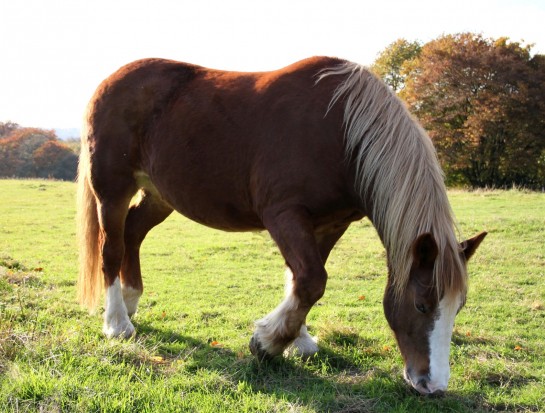 Why Do Horses Rest A Back Leg?
Why Do Horses Rest A Back Leg?
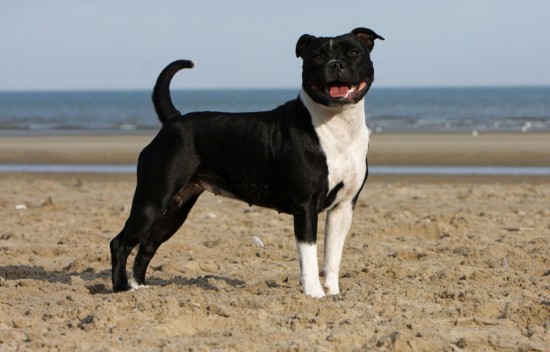 Why Are Dog Rehoming Centres Full Of Staffordshire Bull Terriers?
Why Are Dog Rehoming Centres Full Of Staffordshire Bull Terriers?
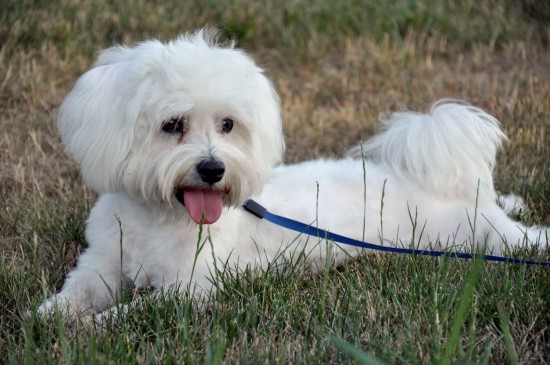 Maltese Dog Hereditary Health And Health Testing
Maltese Dog Hereditary Health And Health Testing
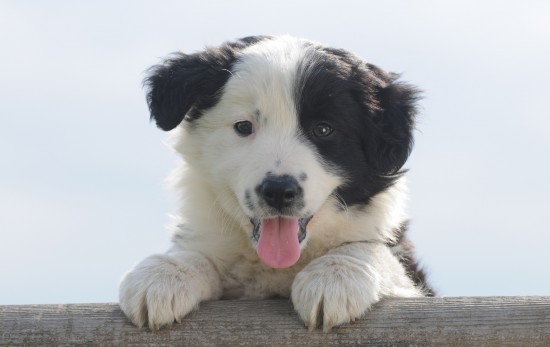 Health Conditions Common To The Border Collie
Health Conditions Common To The Border Collie
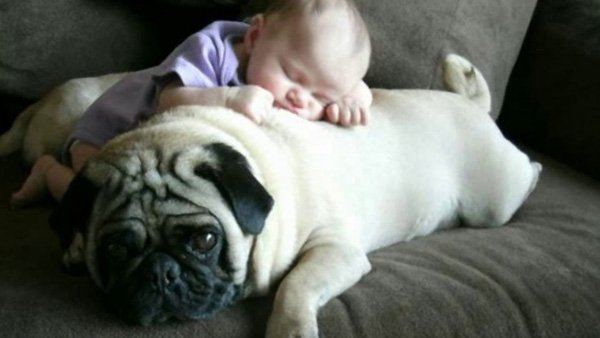 Importance of dog training schools and boarding services for your pet
Importance of dog training schools and boarding services for your pet
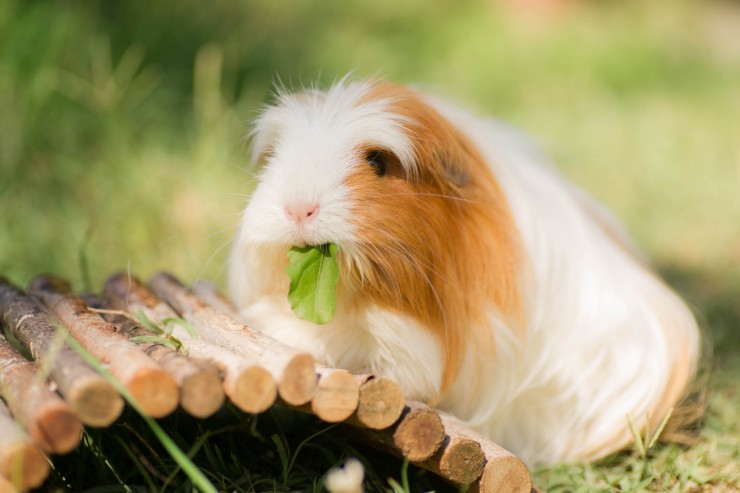 How To Set Up A Great Environment For Your Guinea Pig
How To Set Up A Great Environment For Your Guinea Pig
 Tips For Choosing And Buying A Healthy Pet Tarantula
Tips For Choosing
Tips For Choosing And Buying A Healthy Pet Tarantula
Tips For Choosing
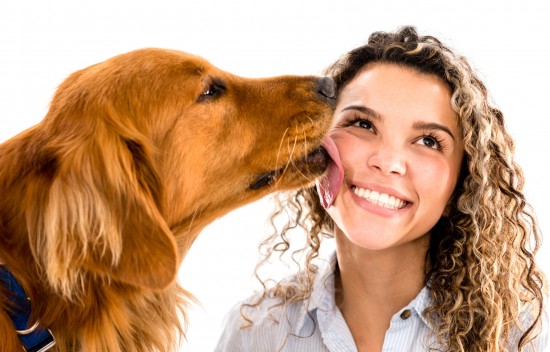 Dogs And Licking - How To Stop Your Dog From Licking You
Dogs And Licking
Dogs And Licking - How To Stop Your Dog From Licking You
Dogs And Licking
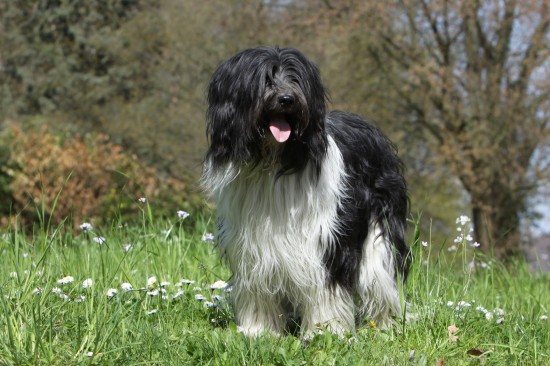 The Schapendoes – The Lovely Dutch Sheepdog
The Schapendoes –
The Schapendoes – The Lovely Dutch Sheepdog
The Schapendoes –
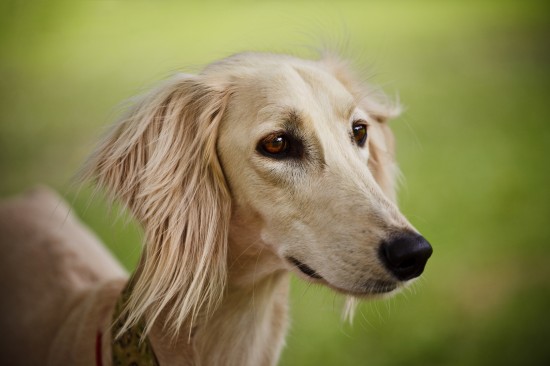 Saluki Dog Hereditary Health And Average Longevity
Saluki Dog Heredi
Saluki Dog Hereditary Health And Average Longevity
Saluki Dog Heredi
 Newfoundland Dogs
Are you looking for a giant addition to your family? How
Newfoundland Dogs
Are you looking for a giant addition to your family? How
Copyright © 2005-2016 Pet Information All Rights Reserved
Contact us: www162date@outlook.com